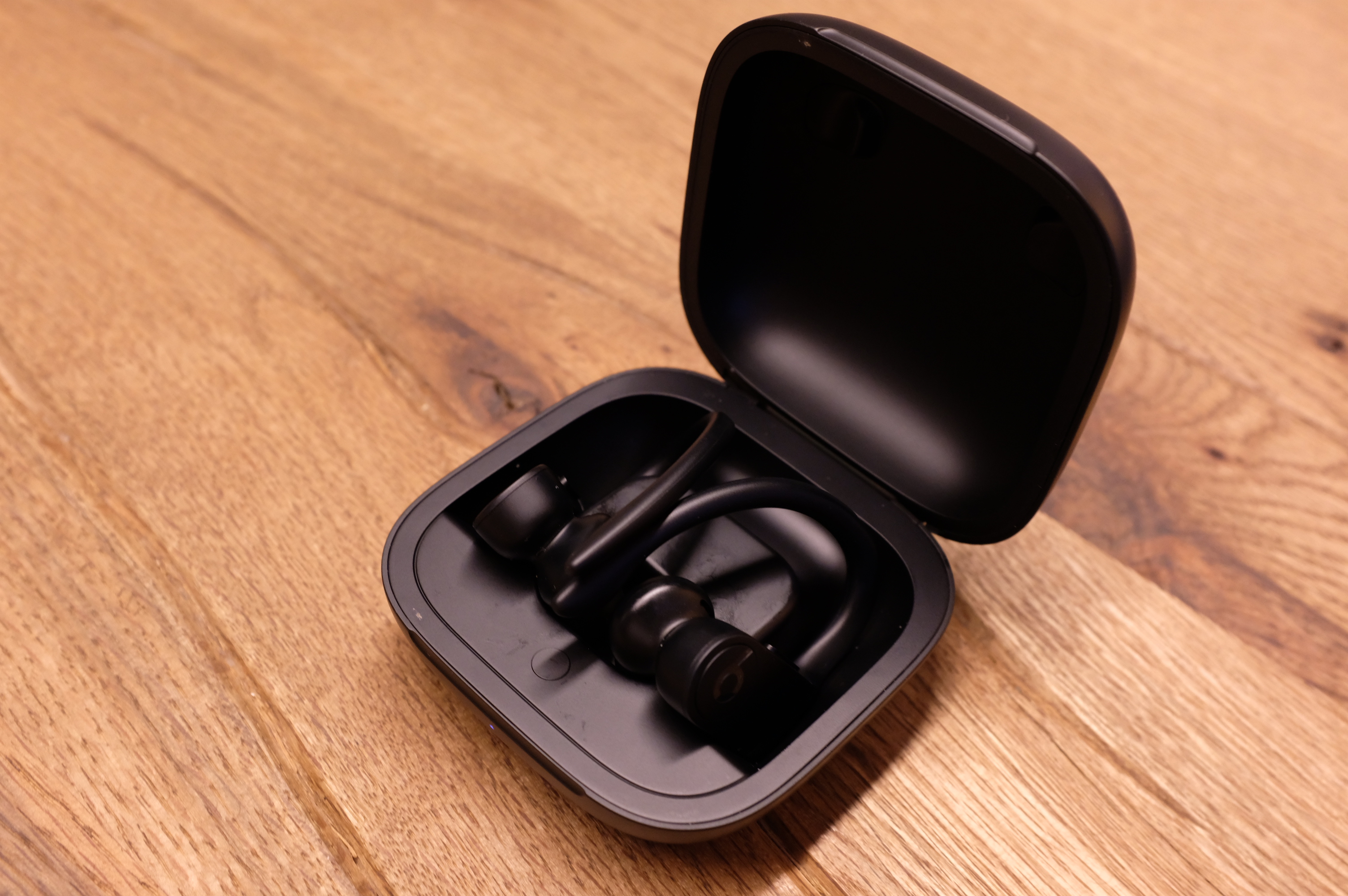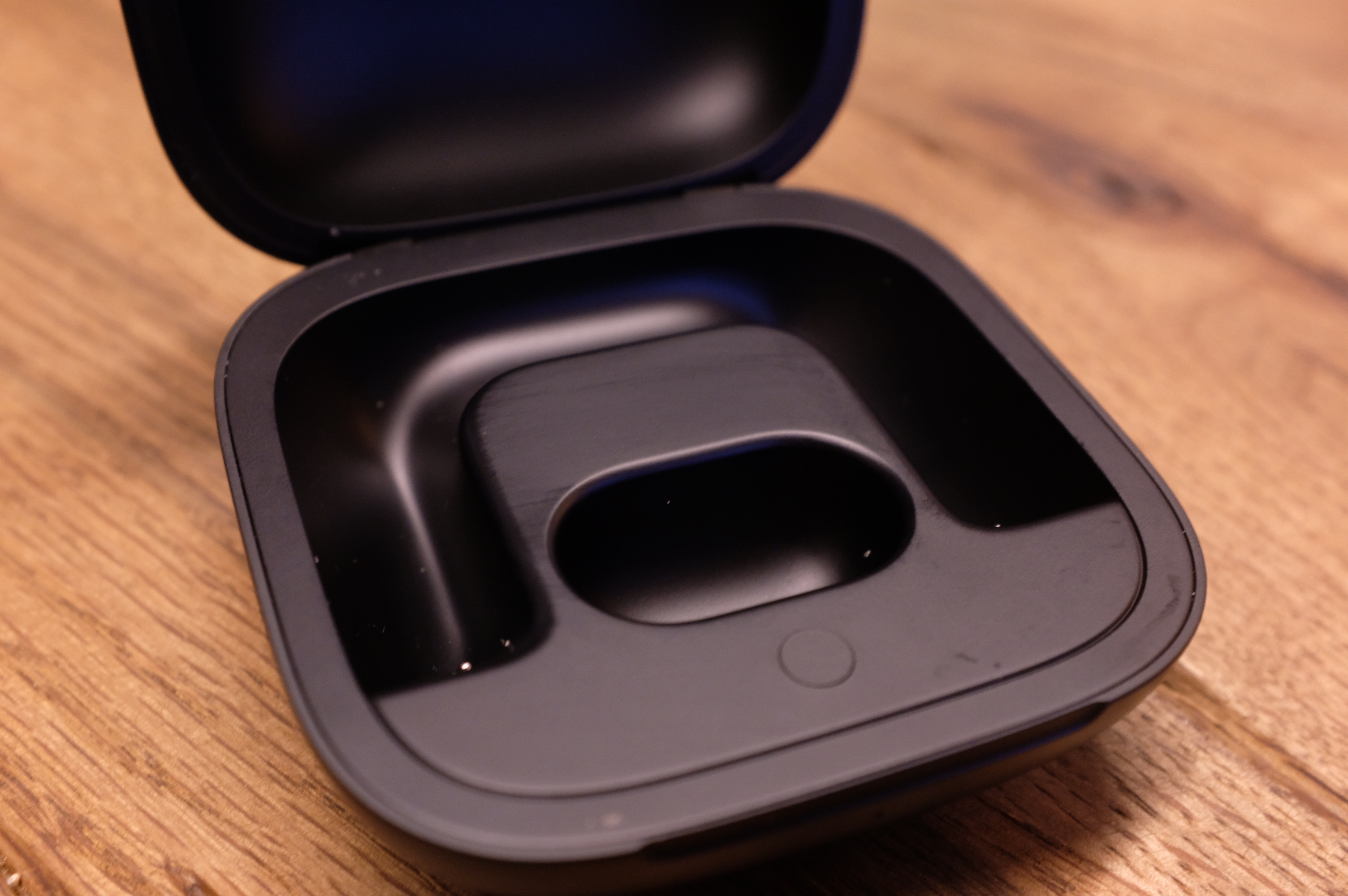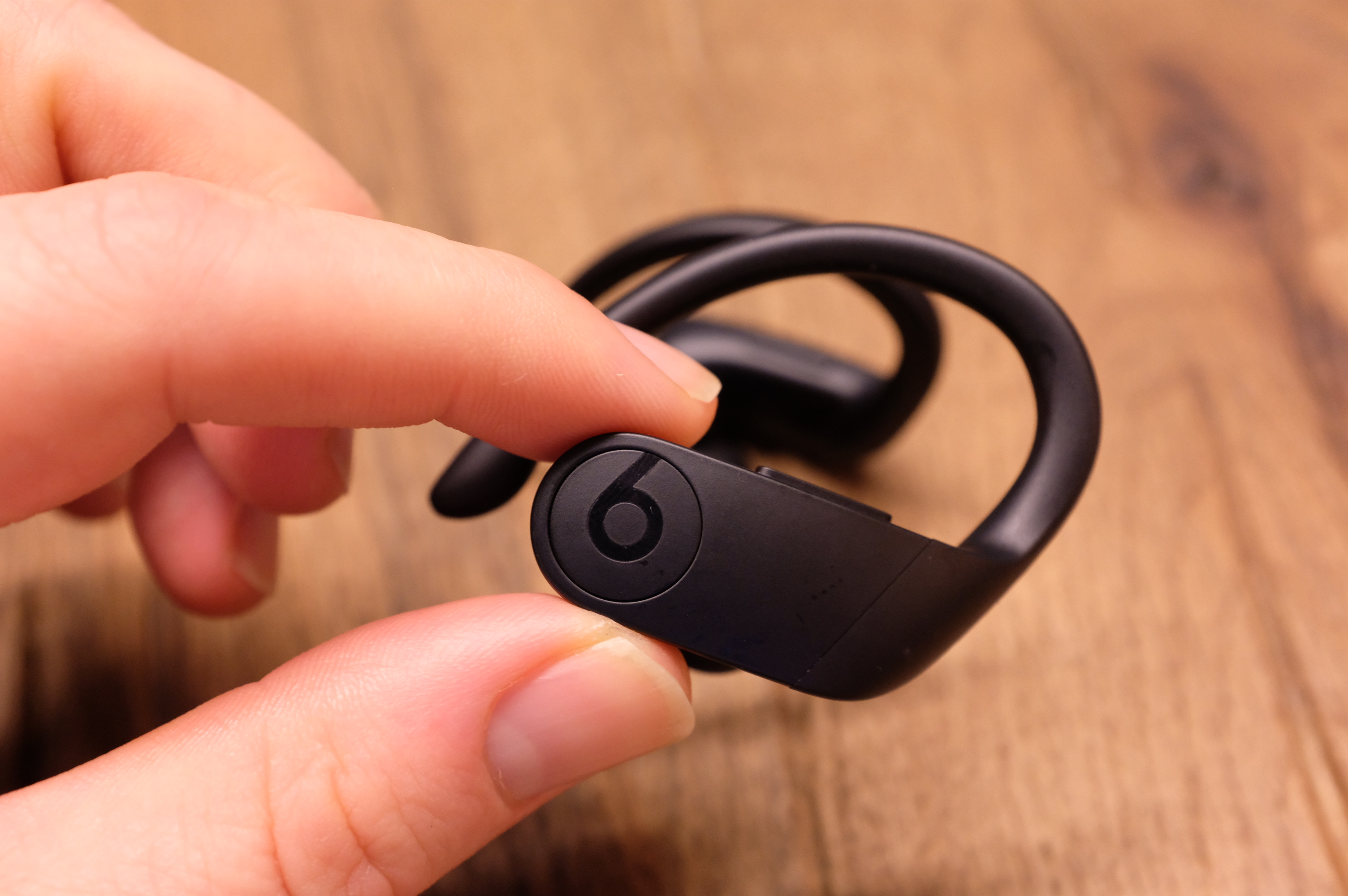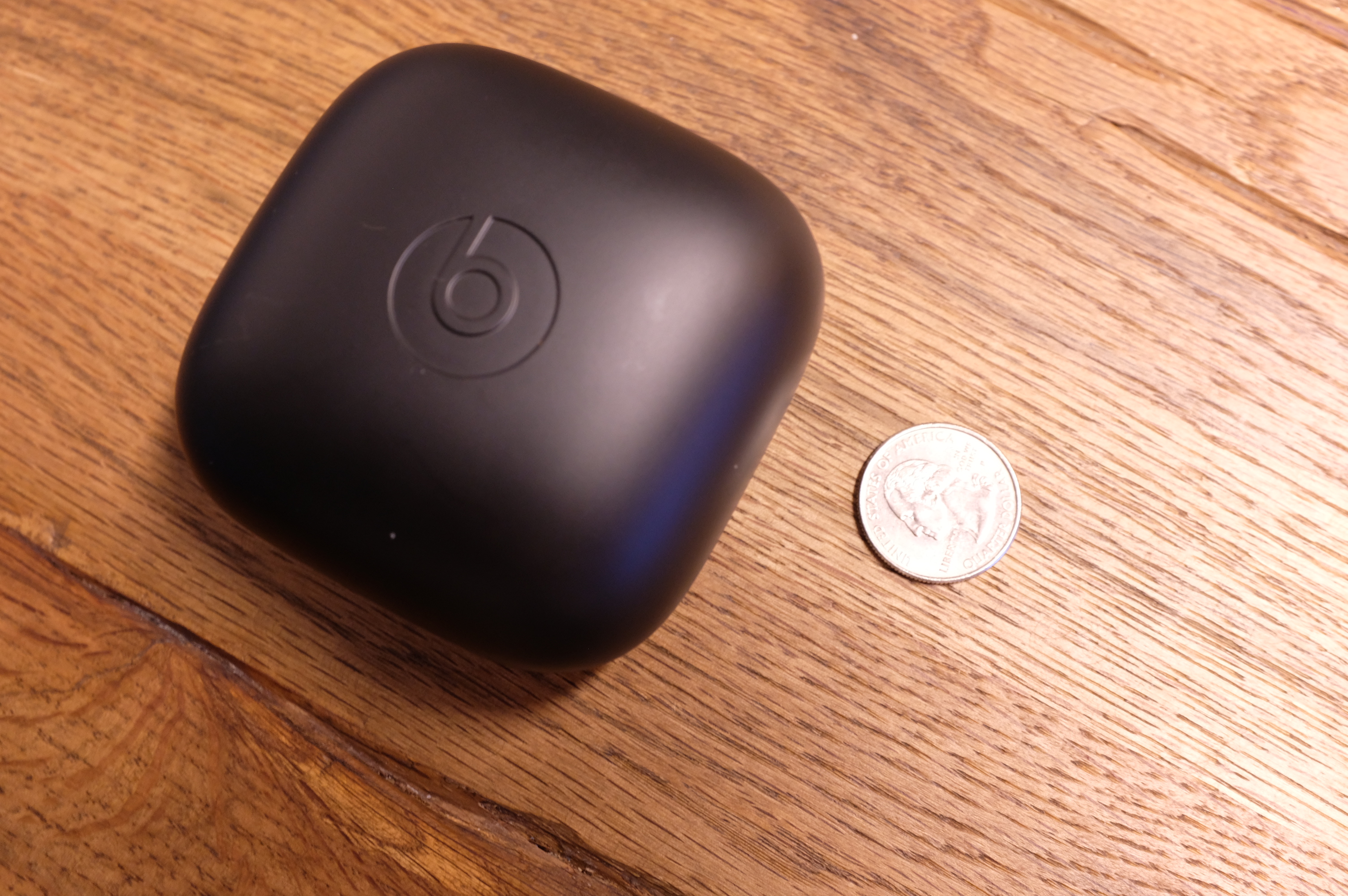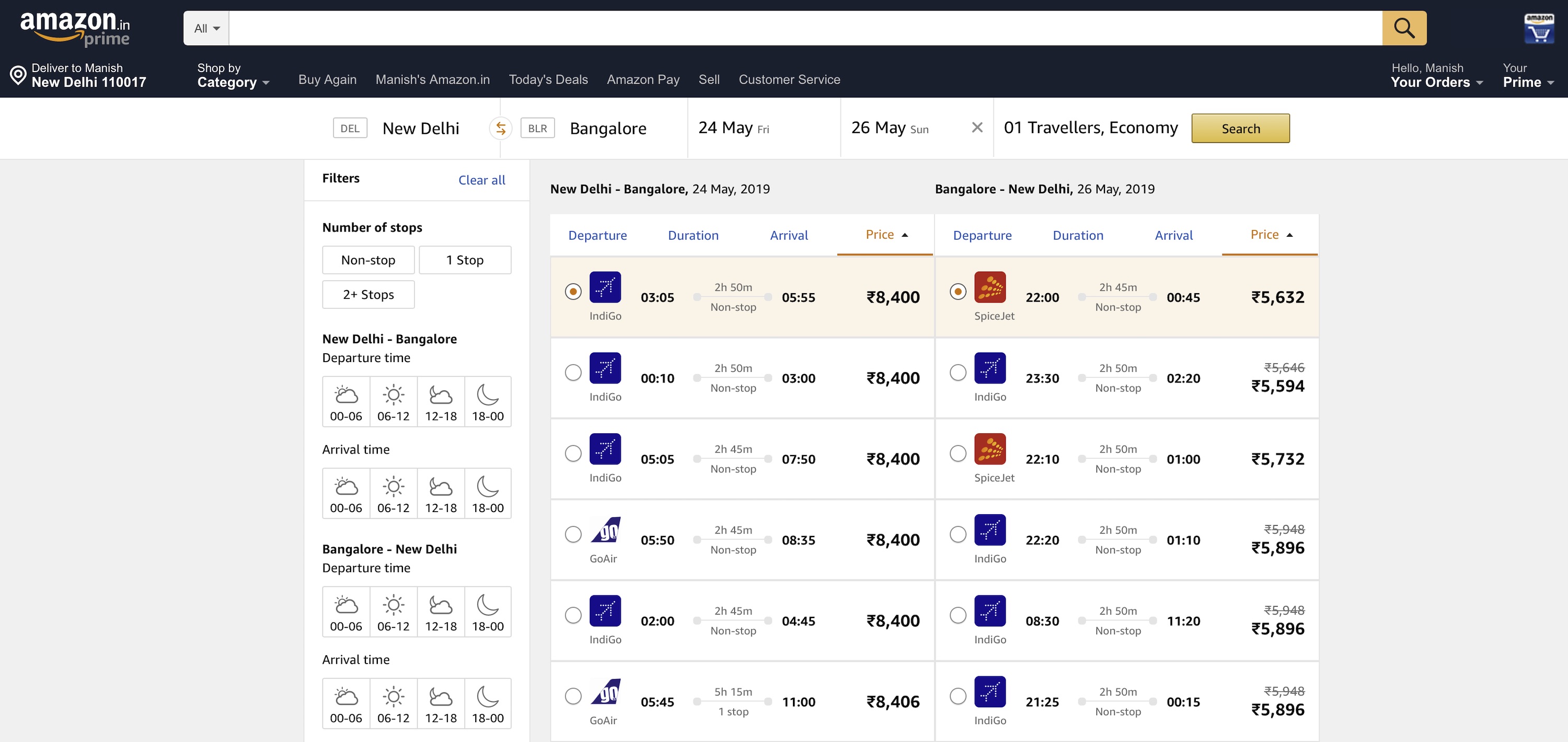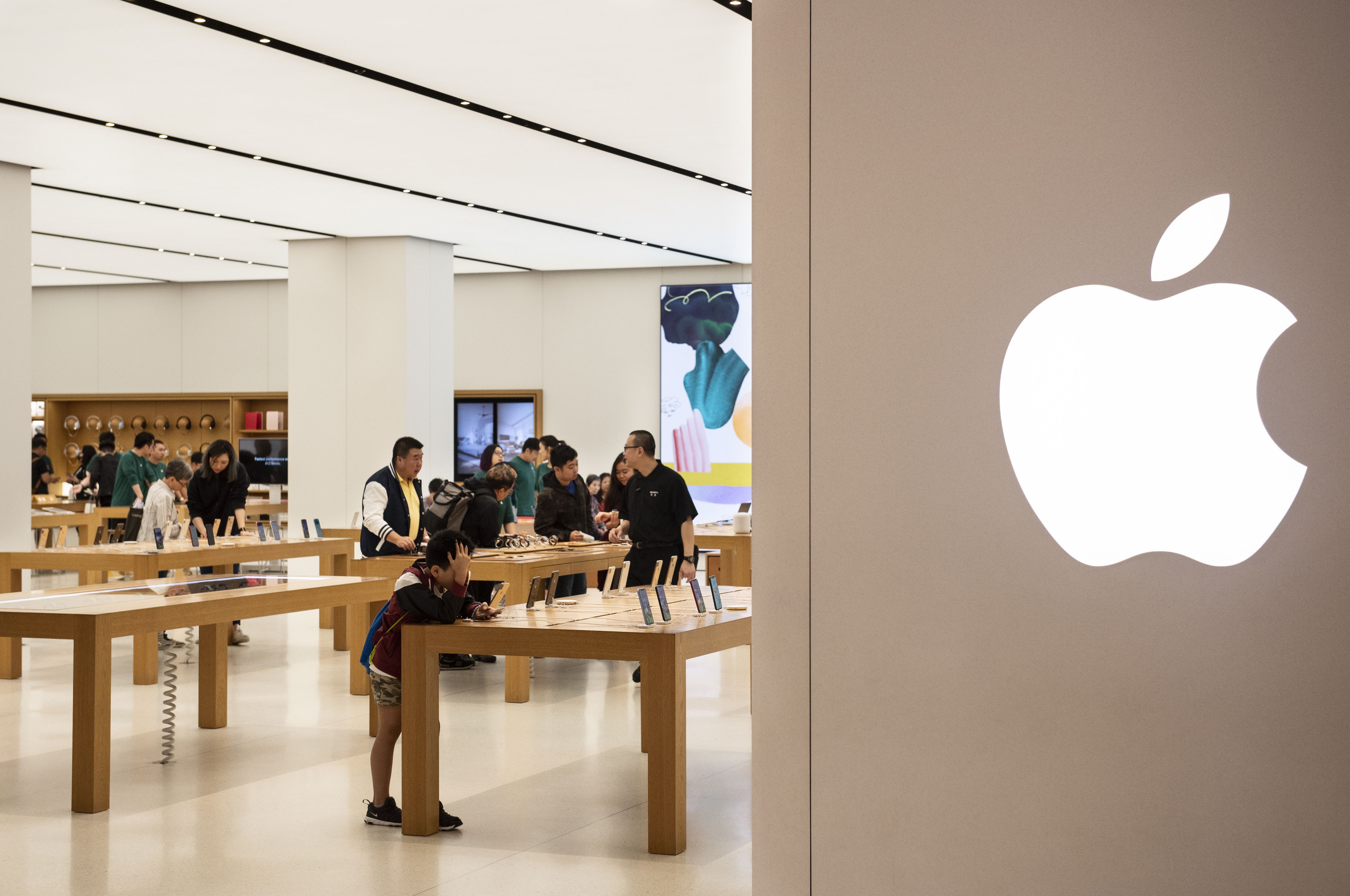Google said today that existing users of Huawei Android devices can continue to use Google Play app store, offering some relief to tens of millions of users worldwide even as it remains unclear if the Chinese tech giant will be able to use the fully-functioning version of Android in its future phones.
Existing Huawei phone users will also be able to enjoy security protections delivered through Google Play Protect, the company said in a statement to TechCrunch. Google Play Protect is a built-in malware detector that uses machine learning to detect and weed out rogue apps. Google did not specify whether Huawei devices will receive future Android updates.
The statement comes after Reuters reported on Sunday that Google is suspending some businesses with Huawei, the world’s second largest smartphone maker that shipped over 200 million handsets last year. The report claimed, a point not addressed by Google, that future Android devices from Huawei will not run Google Mobile Services, a host of services offered by Google including Google Play Store, and email client Gmail. A Huawei spokesperson said the company is looking into the situation but has nothing to share beyond this.
It’s a major setback for Huawei, which unless resolved in the next few weeks, could significantly disrupt its phone business outside of China. The top Android phone vendor, which is already grappling with controversy over security concerns, will have to rethink its software strategy for future phones if there is no resolution. Dearth — or delay in delivery — of future Android updates would also hurt the company’s reputation among its customers around the globe.
“We are complying with the order and reviewing the implications,” a company spokesperson said in a statement.
The two tech companies find themselves in this awkward situation as a result of the latest development in the ongoing U.S-China trade war. Huawei and 70 of its affiliates have been put on an “entity list” by the U.S. Commerce Department over national security concerns, requiring local giants such as Google and Intel to take approval from the government before conducting business with the Chinese firm.
Huawei may have already foreseen this. A company executive revealed recently that Huawei had built its own Android-based operating system in case a future event prevented it from using existing systems. Per Reuters, Huawei can also continue to use AOSP, the open source Android operating system that ships stripped off Google Mobile Services. And on paper, it can also probably have an app store of its own. But convincing enough stakeholders to make their apps available on Huawei’s store and continually push updates could prove incredibly challenging.
from Android – TechCrunch https://tcrn.ch/2YCFGHC
via IFTTT

